Rosewood's Standin | Dye Rosewood Square Incense Table
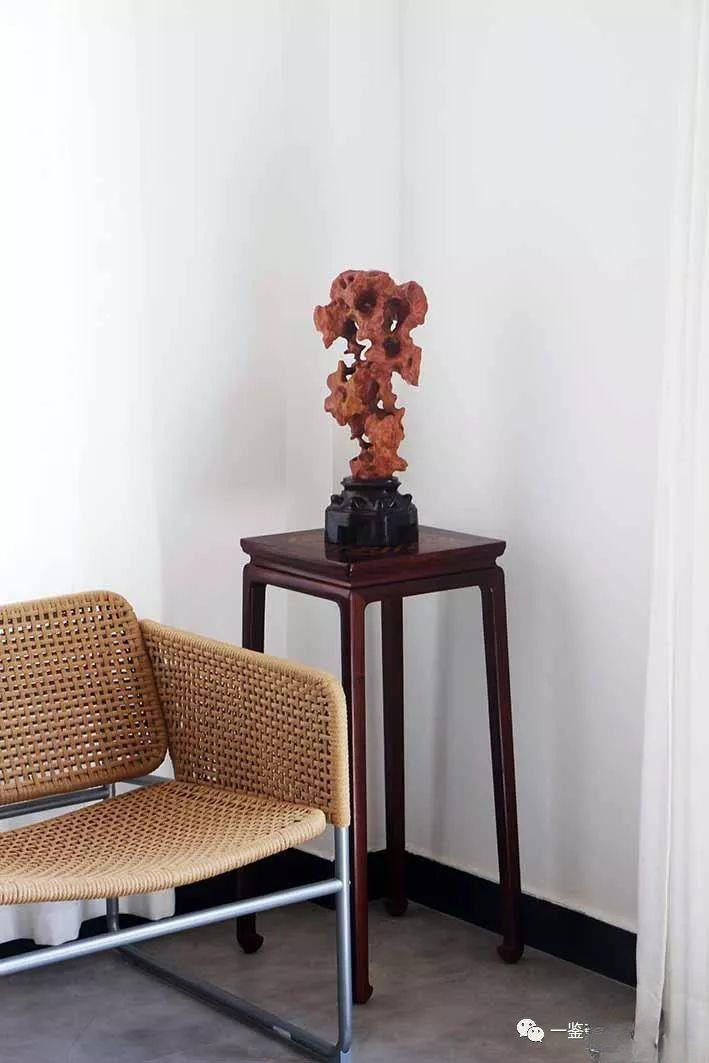
"Zunsheng Bajian · Yan Xian Qing Shang Jian · Incense Table" states: "The incense table in the study can be two feet and eight inches high. The surface can be made of marble, Qiyang stone, agate stone, or inlaid with dice and cypress. It can be square, octagonal, square, plum blossom, sunflower, water chestnut, or round. It can be lacquered, water-polished, or made of various woods. It is used to hold cattail stones. It can also be a single or five-stroke shape with an incense tray, a flower vase for multiple flowers, or a single incense burner. This is a high table. "
Incense tables are a common type of Ming-style furniture, with a variety of shapes. In ancient times, they were used to hold incense burners, and today they function much like flower tables. Square incense tables (and flower tables), which can be seen in paintings and prints from the Ming and Qing dynasties, are a very practical type of incense table and flower table, both ancient and modern.
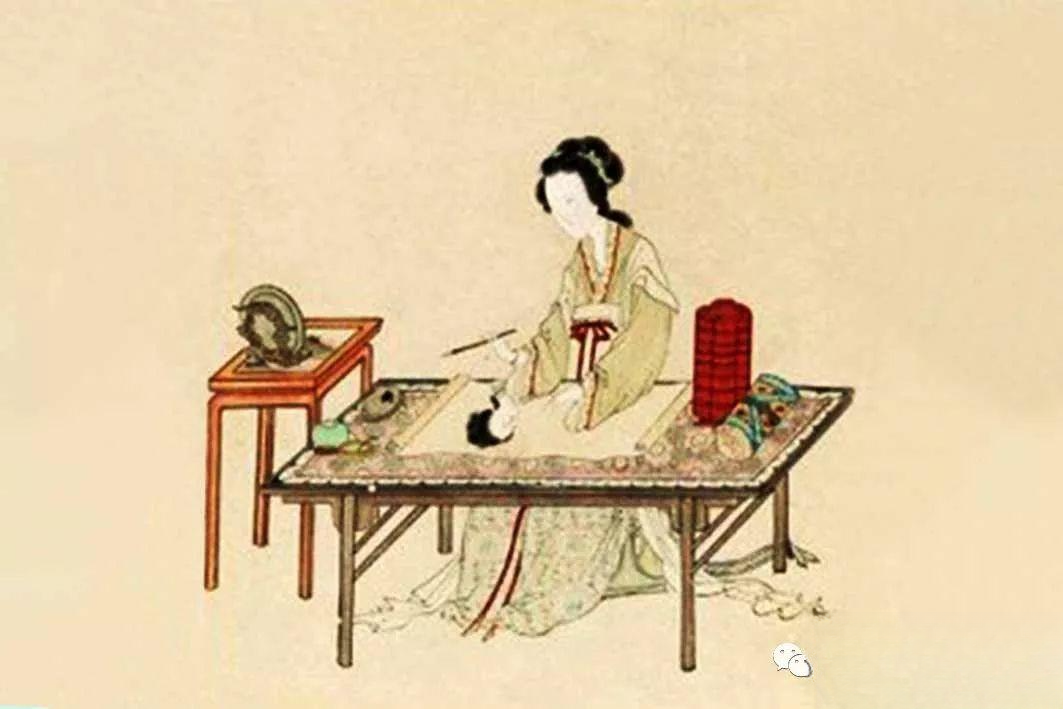
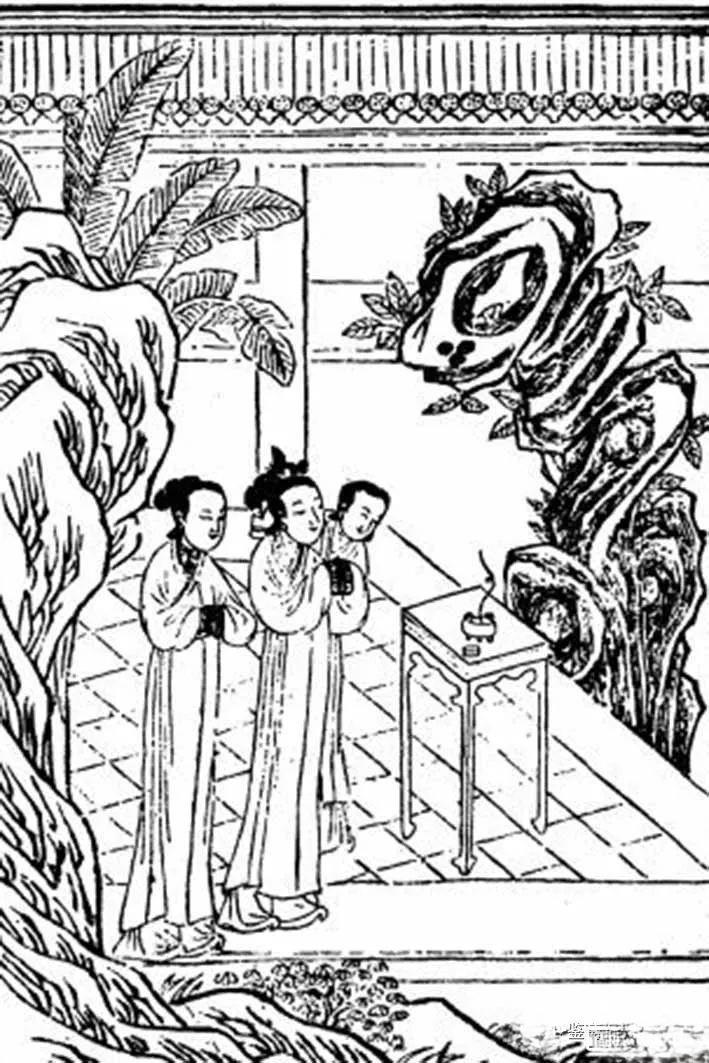
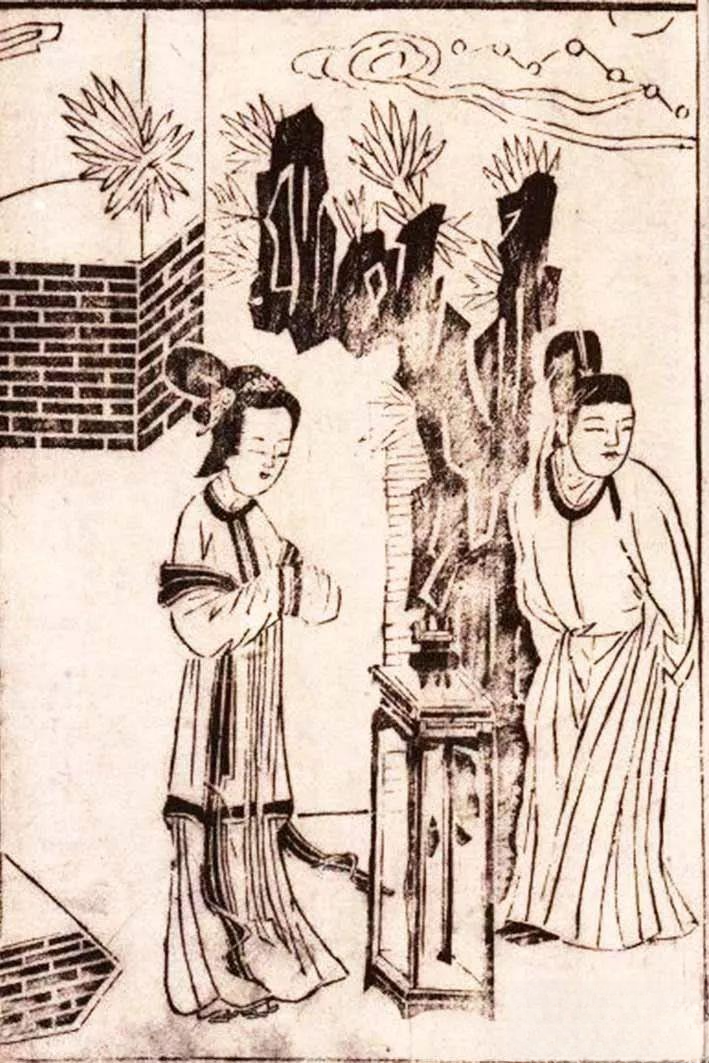
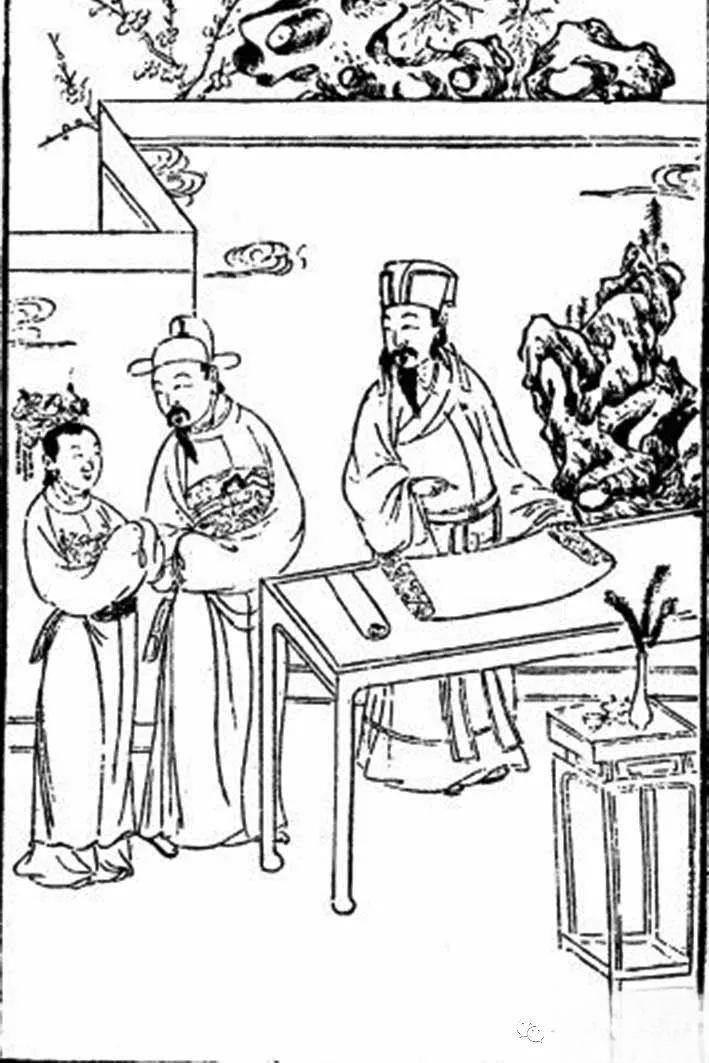
Yijianzhai collects numerous incense tables (and flower tables) of various sizes. The square one featured in this article, with its simple and elegant design and clean, flowing lines, is a highly practical piece of Ming-style furniture for modern home furnishings. Made of dyed red sandalwood , it is included as a sample with a high degree of similarity to sandalwood.
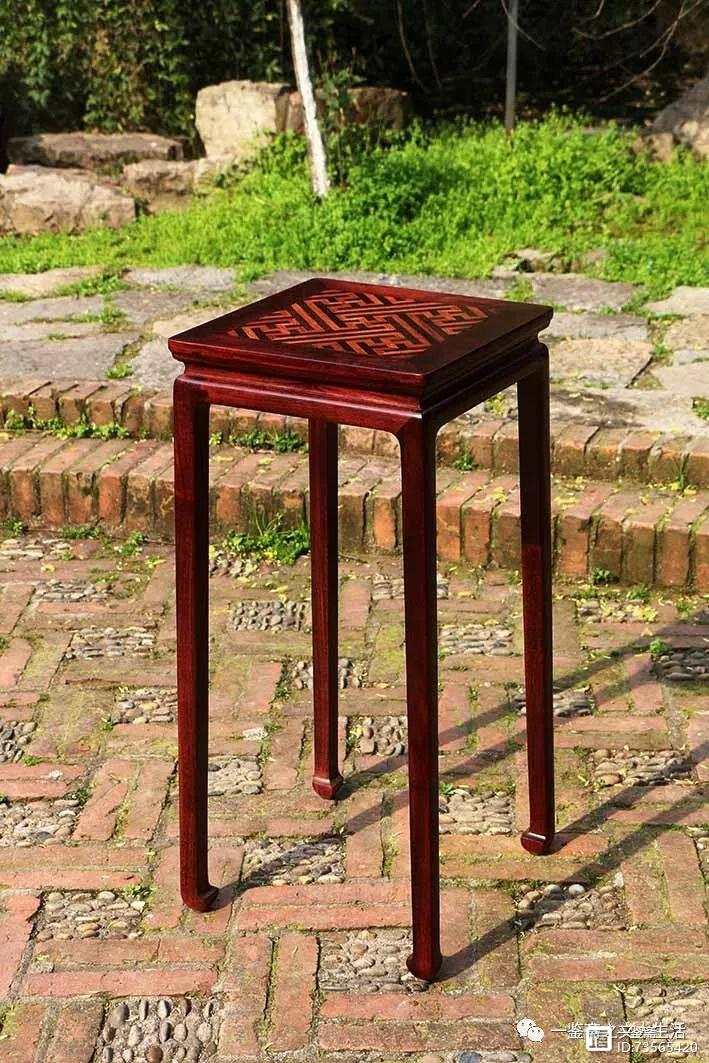
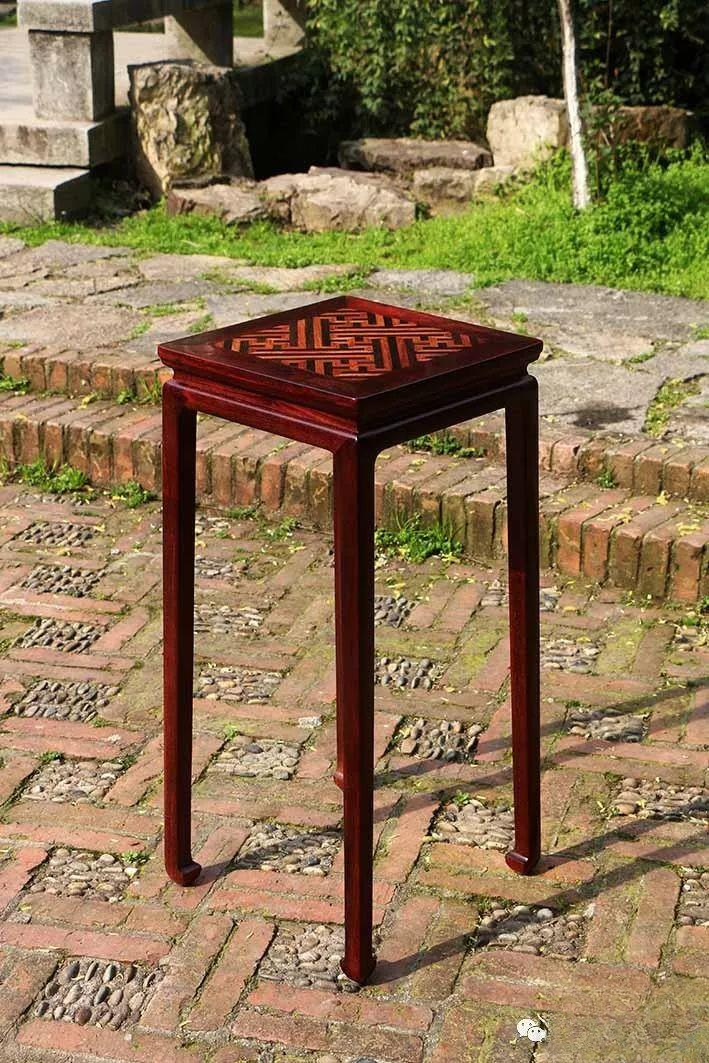
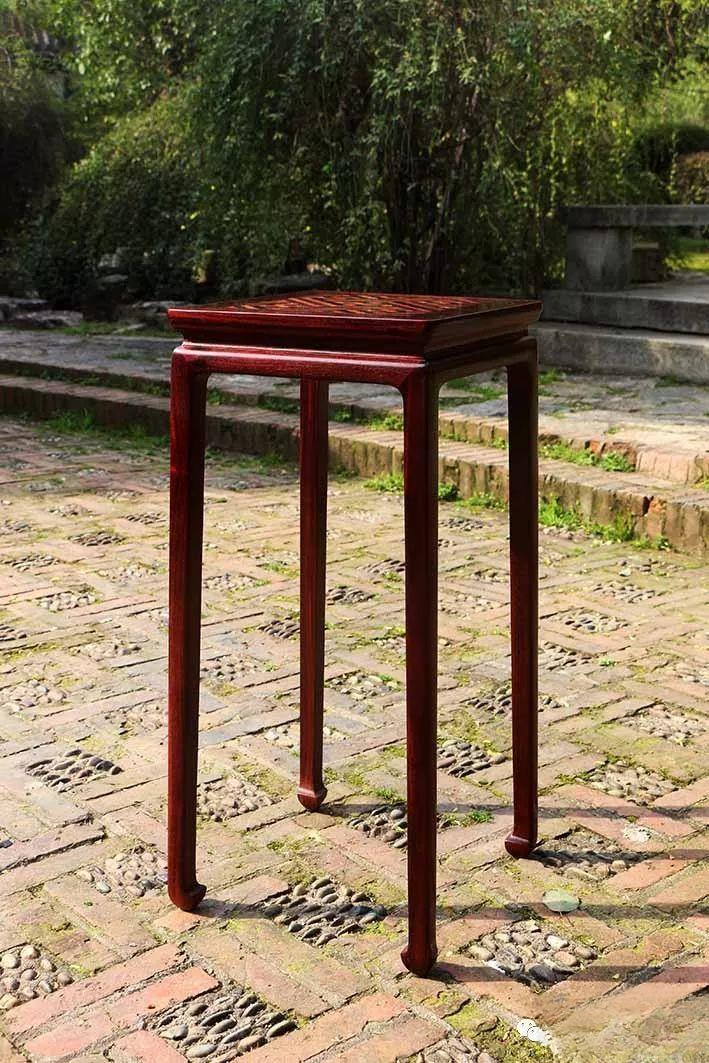
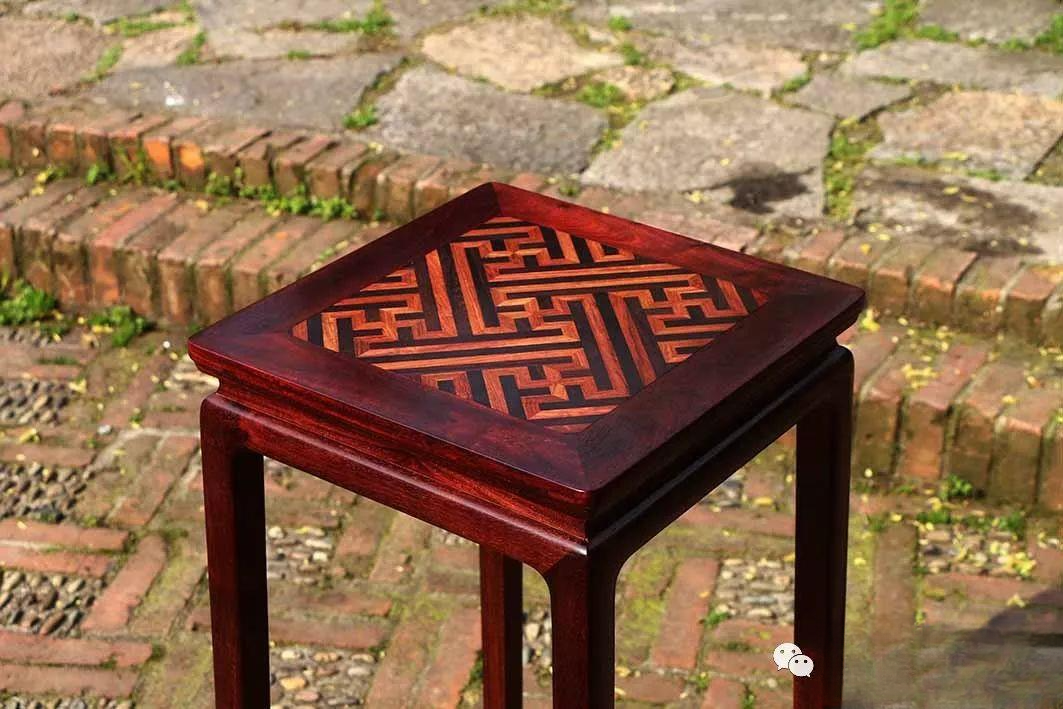
Dalbergia serrata belongs to the genus Pterocarpus, subfamily Fabaceae. This genus comprises over 30 species, including 10 in the Americas, 5 in Asia, and 15 in Africa. In the 1970s, an International Congress of Botanists discussed the terminology for African Dalbergia wood, ultimately unifying the various African species as Dalbergia serrata. Consequently, the quality of Dalbergia serrata wood varies greatly, with the air-dry density generally ranging from 0.85 to 1.15.
Most dyed red sandalwood has a low density, a lighter color, poor oiliness, and a low price. However, some fine dyed red sandalwood can be selected, with relatively high density, excellent oiliness, and a high resemblance to sandalwood ( also known as red sandalwood or Indian small-leaf red sandalwood ). Currently, some unscrupulous traders use this carefully selected dyed red sandalwood to pass it off as sandalwood to increase the price, using new names such as "northern small-leaf red sandalwood" or "Sri Lankan material."

Selected dyed red sandalwood bears a high resemblance to sandalwood , making conventional identification methods like soaking in alcohol and scribing largely ineffective. A very rare instance of dyed red sandalwood with a high resemblance requires slicing, burning, and smelling to distinguish it from sandalwood. Therefore, non-experienced red sandalwood connoisseurs can easily mistake selected dyed red sandalwood for sandalwood.
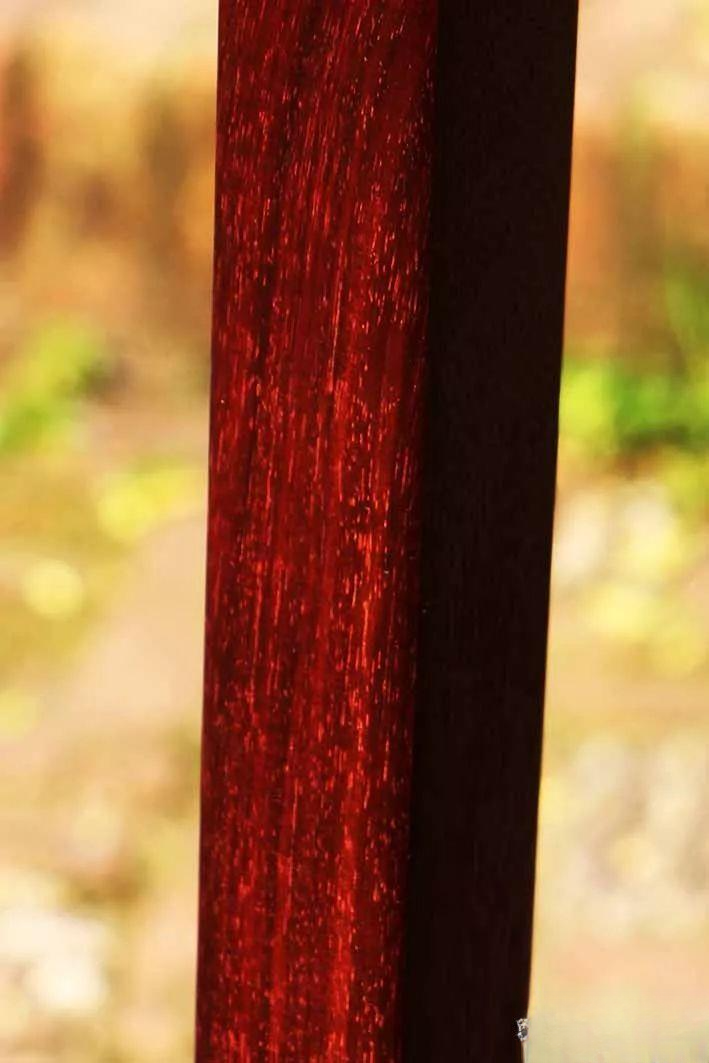
A significant amount of this type of furniture, which closely resembles dyed red sandalwood, has now entered the market. Many of the furniture sold as sandalwood red sandalwood in shopping malls are actually dyed red sandalwood, with prices ranging between those of Dalbergia cochinchinensis ( south red rosewood ) and sandalwood red sandalwood. From a pricing perspective, treating these furniture as red sandalwood furniture is highly attractive to consumers. While dyed red sandalwood furniture , a practical option, is a good choice if considered a new material with good oil resistance, purchasing it at the same price as red sandalwood furniture is undoubtedly counterproductive. This is a point of caution.
Because selected dyed red sandalwood closely resembles santalin rosewood, similar to the relationship between Vietnamese huanghuali and Dalbergia odorifera (also known as huanghuali or Hainan huanghuali), selected dyed red sandalwood has a broad market prospect. Furthermore, individual dyed red sandalwood varies significantly; selected materials resemble red sandalwood, while standard materials resemble sub-rosewood. This presents the challenge of defining these standards in practice.
Yijianzhai specially collected this square red sandalwood incense table as a sample for display in the main hall of Yuyin Mountain Villa. Yuyin Mountain Villa is under construction, and only a small amount of Ming-style furniture has been delivered to it so far. More Ming-style furniture, small pieces, and calligraphy and paintings will be delivered and displayed after completion. The following is a preliminary furnishing plan for the main hall of Yuyin Mountain Villa, which will be further adjusted and refined later.
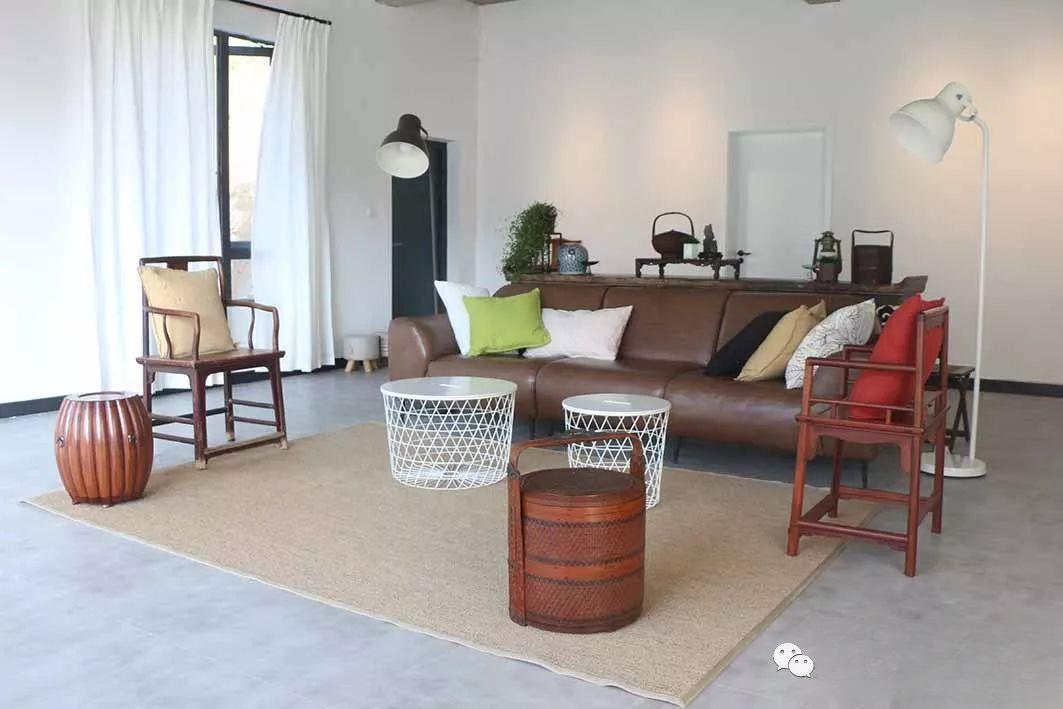
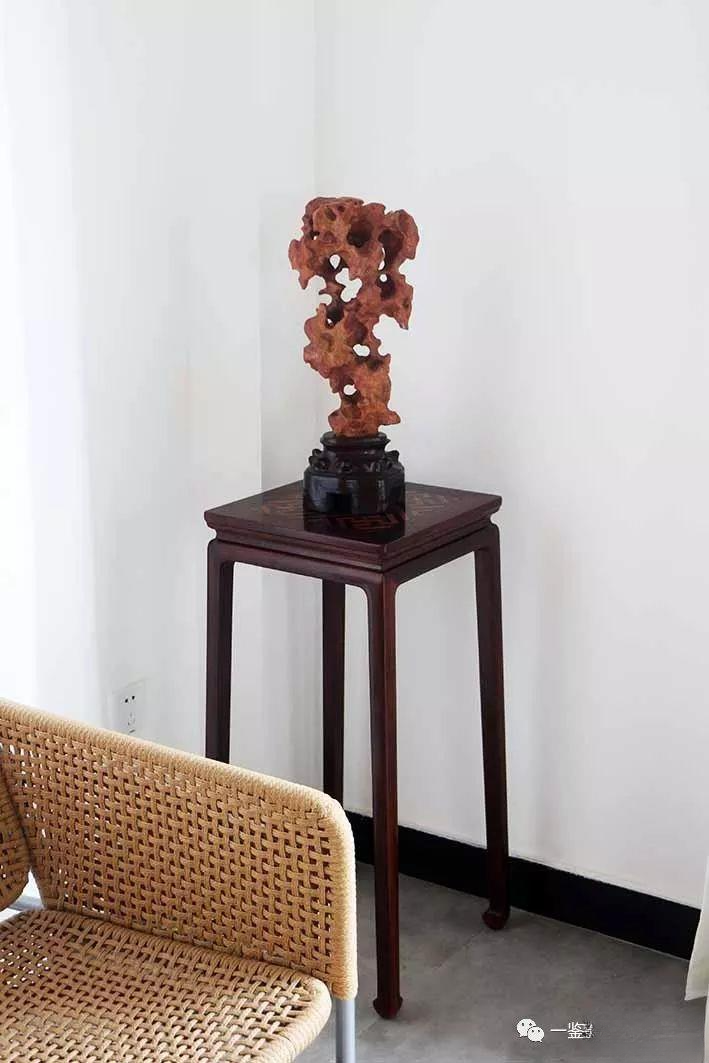
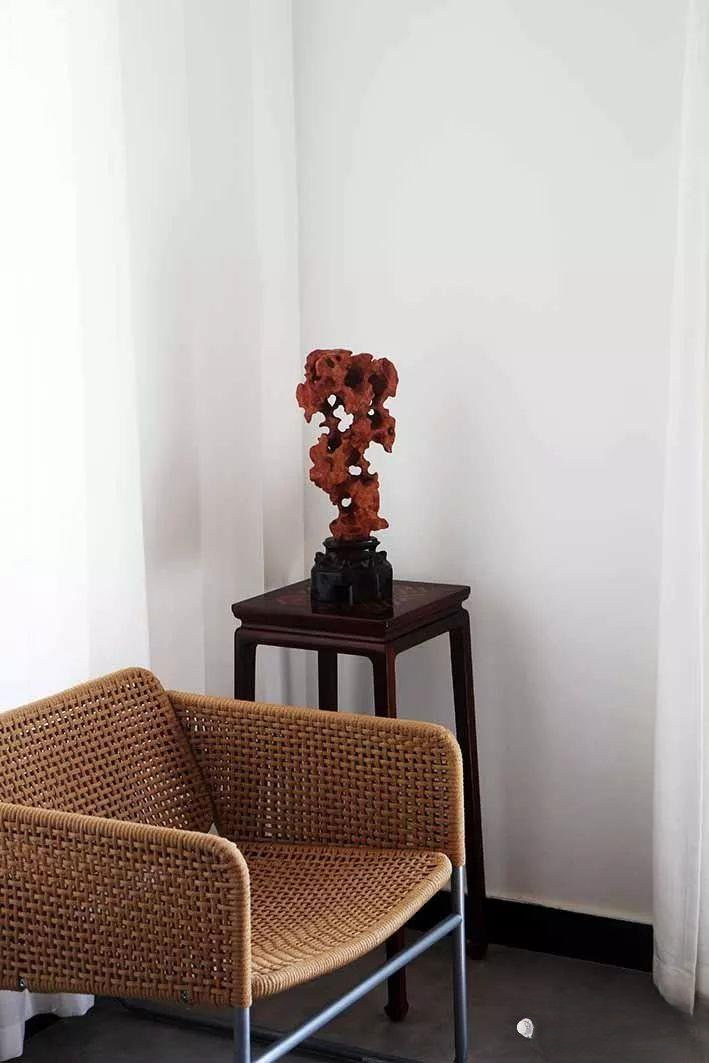
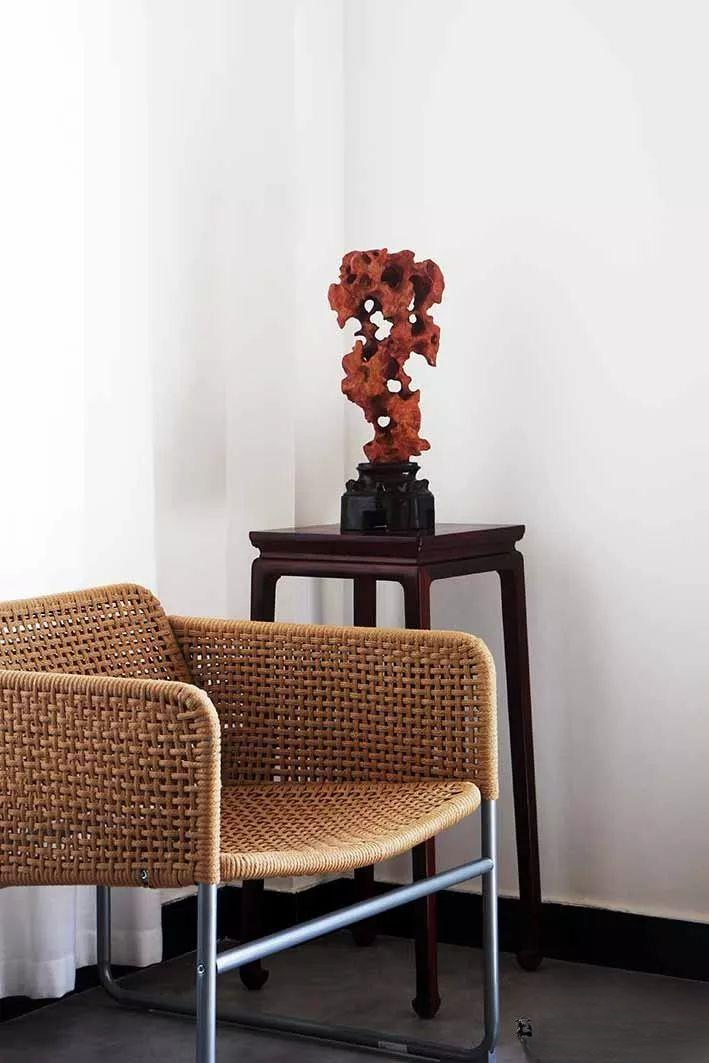
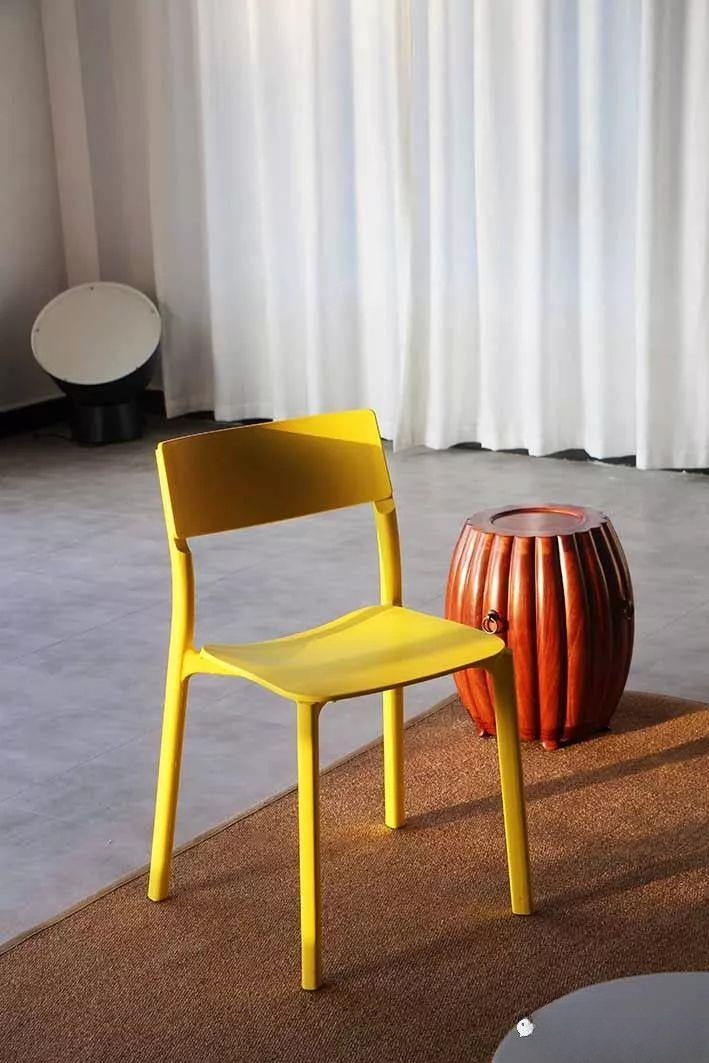
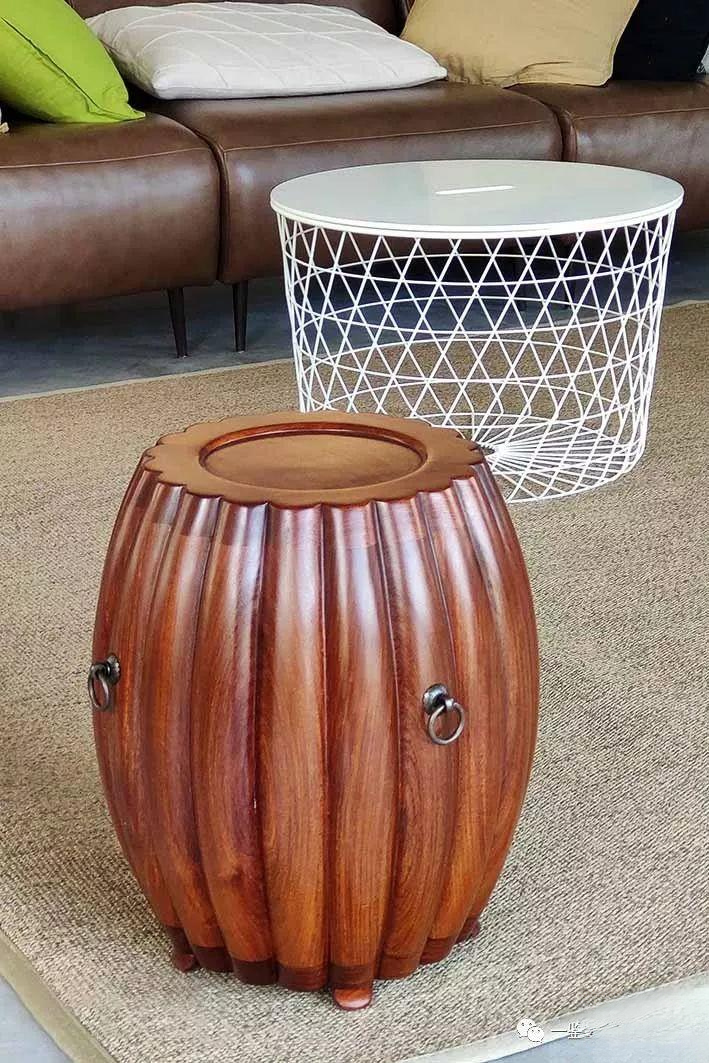
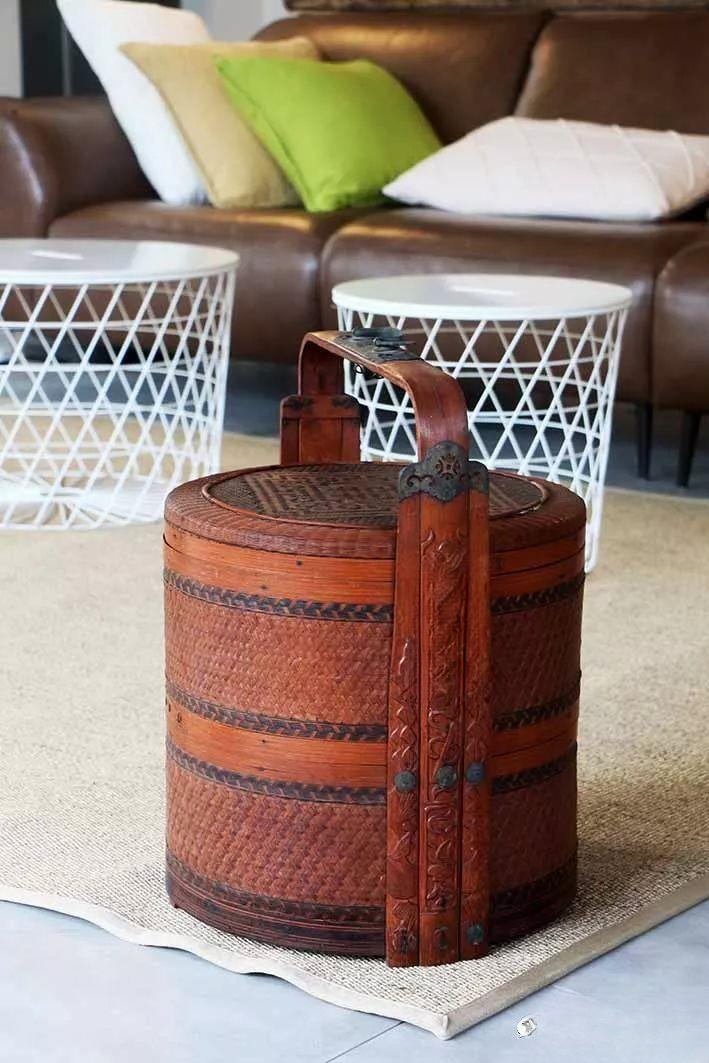
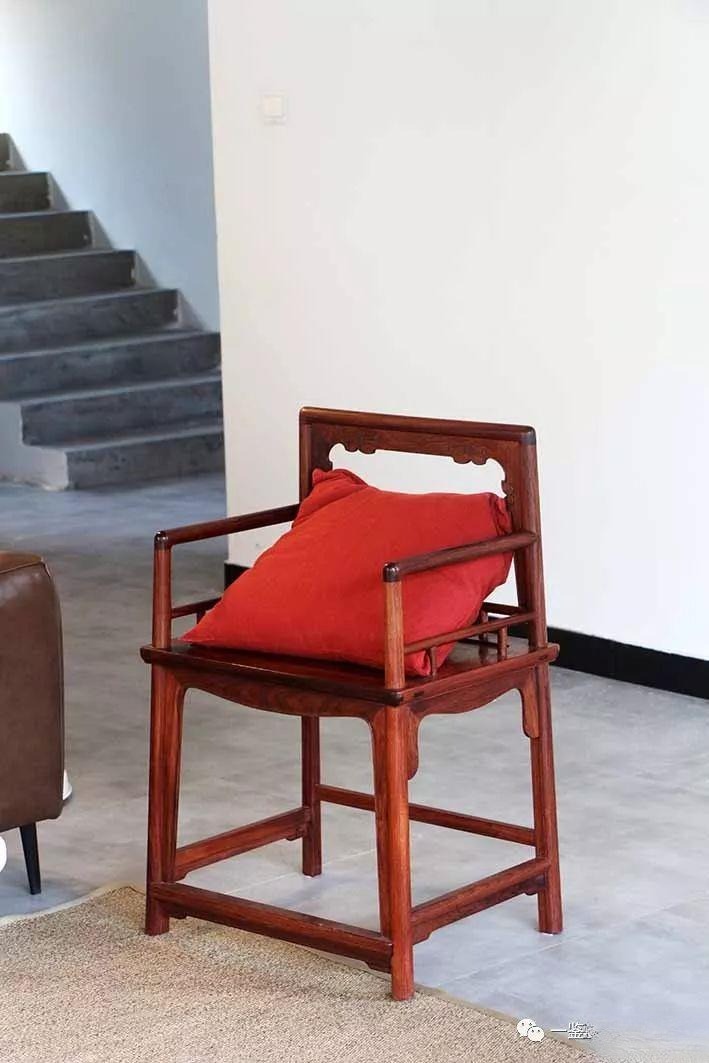
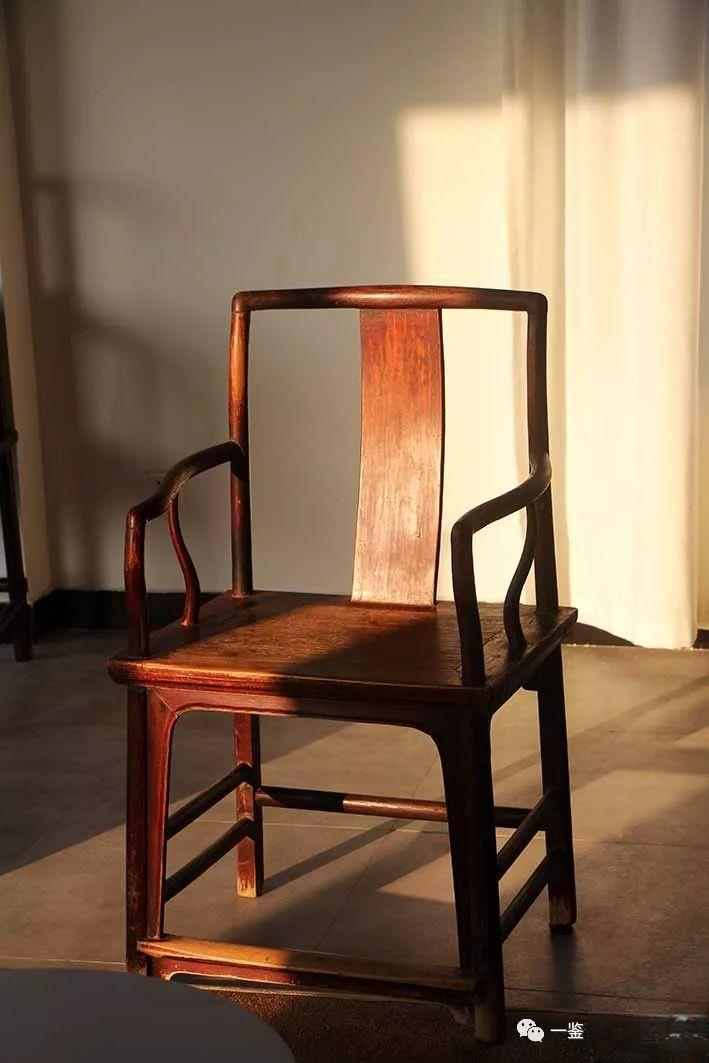
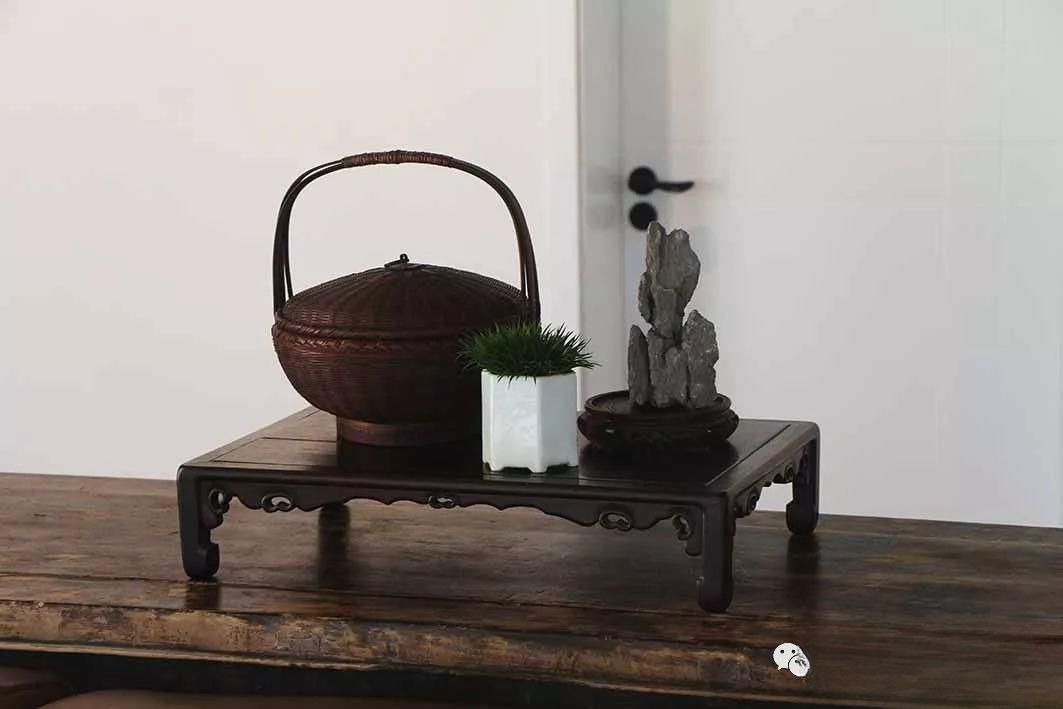
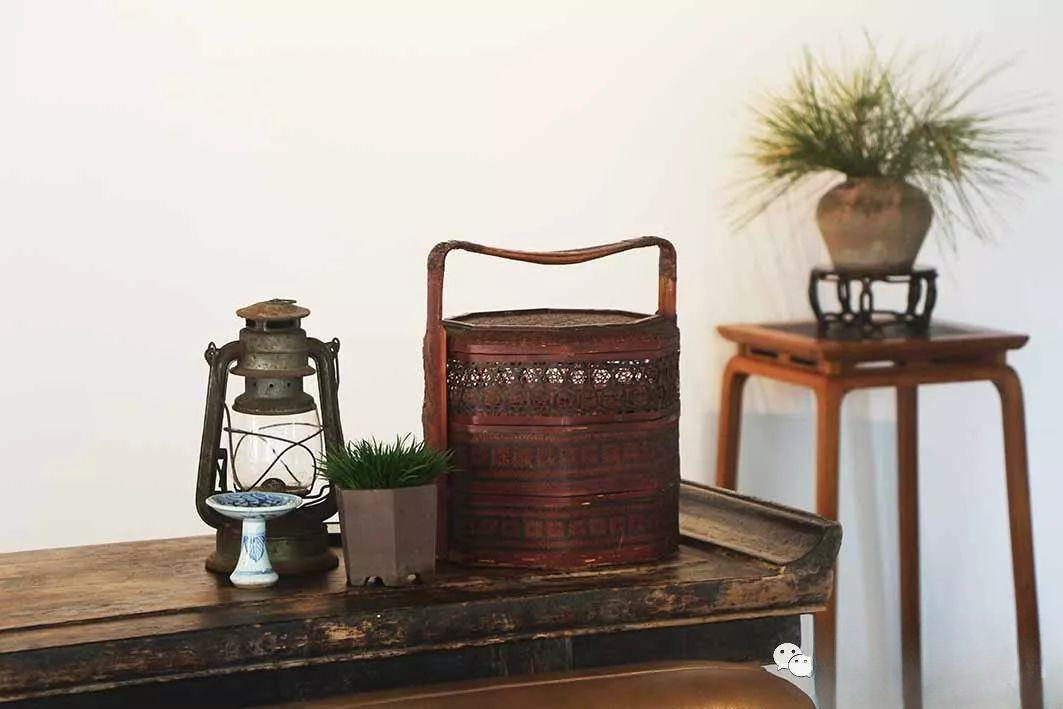
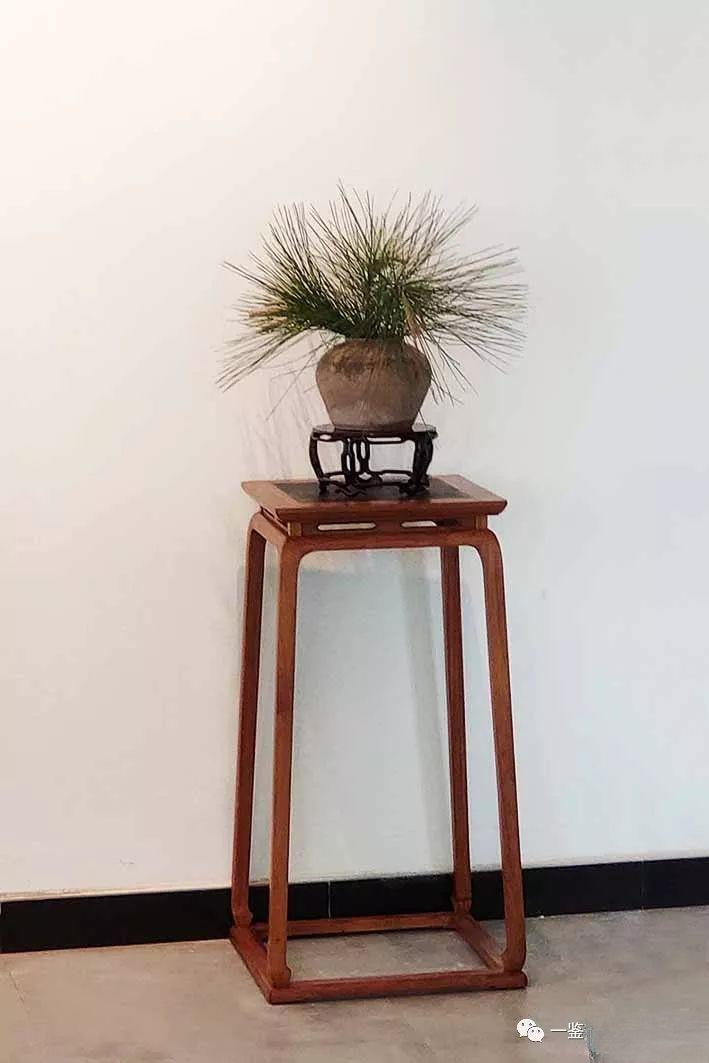
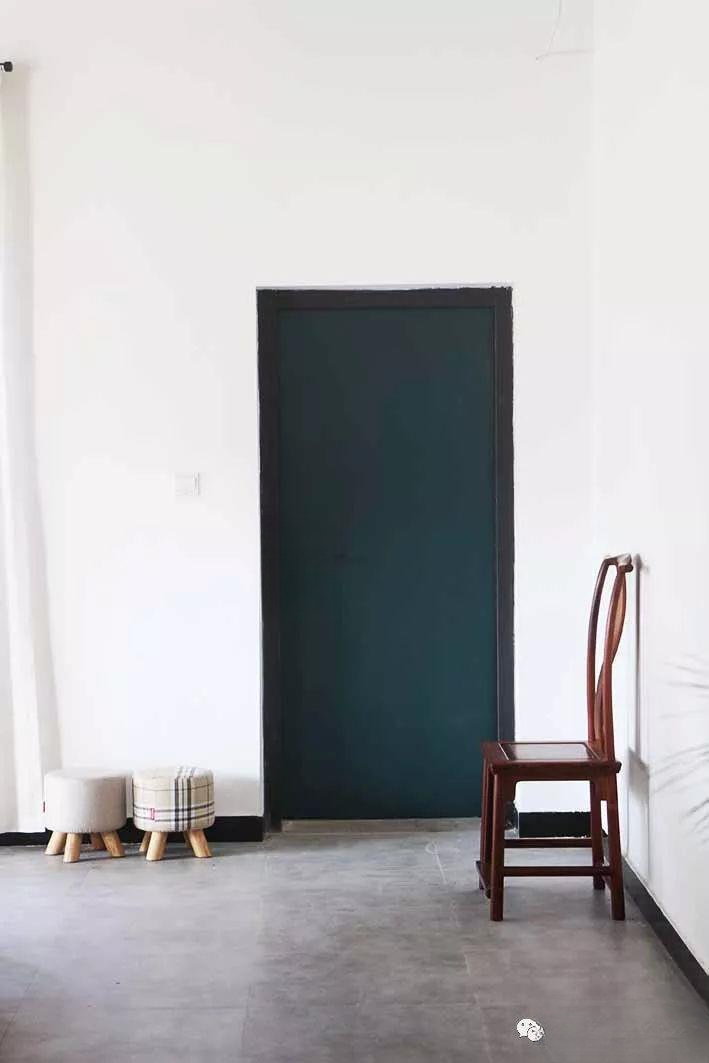
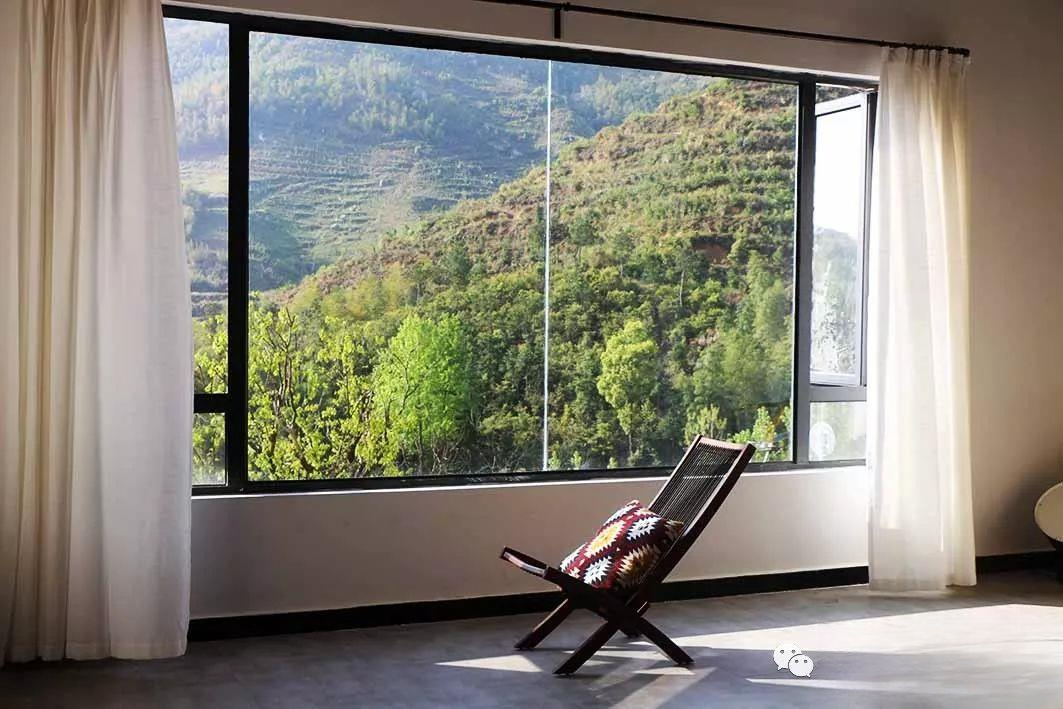
Reference reading:
Study· Yijianzhai
Birdsong Stream | Spring Tea Season
Black lacquer inlaid mother-of-pearl three-curved-leg four-legged incense table
An Siyuan armchair
Wave Pattern Rose Chair
Square stool with ruyi pattern and flower pattern made of guqin wood
Do you know what the halls in the Song Dynasty were like?
How many treasures are there in Emperor Qianlong’s eight-square-meter study?
Ming-style furniture text index
High-quality imitation Ming-style furniture
Ming-style furniture with one leg and three teeth
The mortise and tenon of Ming-style furniture
Ming-style furniture with four flat sides
Display and application of round and square corner cabinets
The fashion of Ming-style furniture
The comfort of Ming-style furniture
Ming-style furniture and folk furniture
Ming-style furniture aesthetics: cabinets and cupboards
Ming-style furniture aesthetics: official hat chair
The "Song" of Ming-style Hardwood Furniture
Maintenance of Ming-style furniture
Tsinghua University Art Museum
Ming and Qing furniture from the Chen Mengjia Collection at Huzhou Museum
Ming and Qing furniture in the Shanghai Museum's collection
Suzhou Furniture Museum
Ming and Qing furniture in the Guanfu Museum's collection
Ming and Qing furniture from the Minneapolis Museum of American Art